PROTOCOLS
1.0 Introduction:
Education serves as a cornerstone for individual and societal development, fostering economic growth, reducing inequalities, and empowering individuals to achieve their full potential. Despite its recognized importance, access to quality education remains a privilege rather than a universal right for millions worldwide, particularly for vulnerable populations. Vulnerability, in this context, refers to individuals and communities who face systemic barriers to education due to poverty, displacement, gender inequality, disability, or social exclusion. Addressing these disparities requires innovative and sustainable approaches that model quality education to meet the unique needs of these groups.
The United Nations Sustainable Development Goal 4 (SDG 4) emphasizes the need to “ensure inclusive and equitable quality education and promote lifelong learning opportunities for all.” However, achieving this goal has been challenging in the context of deep-rooted vulnerability. For instance, children in low-income countries are seven times more likely to be out of school compared to their peers in high-income nations (UNESCO, 2022). In Sub-Saharan Africa, more than 98 million children remain out of school, and in Nigeria alone, the number of out-of-school children is estimated at over 20 million (UNICEF, 2022).
Modelling quality education involves creating adaptable, inclusive, and scalable systems that transcend traditional approaches. It requires addressing structural barriers while integrating technological innovations, community-based interventions, and policies that prioritize equity. Quality education, as defined by UNESCO, goes beyond mere access; it encompasses effective teaching, relevant curricula, safe learning environments, and measurable outcomes that prepare individuals for lifelong success. For vulnerable populations, quality education must also account for contextual realities, including poverty alleviation, gender-sensitive teaching, and conflict-sensitive education delivery.
This lecture explores the concept of modelling quality education to reach vulnerable populations. It examines global frameworks, African-specific challenges, and the Nigerian context, emphasizing the need for localized strategies within a broader universal vision. By analyzing existing gaps and proposing adaptable solutions, this discourse aims to contribute to the dialogue on how education systems can be reimagined to ensure no one is left behind. The modest contribution of the speaker to giving access to quality education to children who are vulnerable and may have been deprived of access to education and a bright future is presented.
2.0 The Concept of Vulnerability
Vulnerability is a universal concept, but its manifestations and impacts differ across regions based on social, economic, political, and environmental factors. While global efforts aim to address vulnerabilities and promote equity, regional and local contexts (such as those in Africa and Nigeria) require specific strategies to tackle unique challenges. This section explores vulnerability within these contexts, with a focus on its implications for education.
At the global level, vulnerability is a pressing issue, with billions of people facing systemic barriers to accessing essential services, including quality education. Key global challenges include poverty, conflict, displacement, climate change, and systemic inequalities. Vulnerability is most evident in the education sector, where marginalized groups often remain excluded from opportunities due to socio-economic, geographical, and cultural barriers.
2.1 The Concept of Vulnerability in Education: Global, African, and Nigerian Contexts
Vulnerability refers to the susceptibility of individuals or groups to harm due to systemic barriers, socio-economic disadvantages, and external crises. In the context of education, vulnerability manifests as the inability to access quality education, whether due to poverty, insecurity, cultural practices, or lack of infrastructure. Addressing these barriers requires a holistic understanding of vulnerability across global, regional, and local scales, where the challenges, though interlinked, demand tailored solutions.
Education is universally recognized as a fundamental human right and a key driver of social and economic progress. However, millions worldwide remain excluded from quality education due to vulnerability. Vulnerability in education refers to the disadvantages individuals face in accessing and benefiting from learning opportunities due to poverty, conflict, gender inequality, systemic exclusion, or geographical and infrastructural barriers. These challenges are evident globally, but they assume unique forms in Africa and Nigeria, necessitating targeted interventions.
2.1.1 The Global Context: Sustainable Development Goals (SDG) 4 and Challenges
Globally, vulnerability is a significant obstacle to achieving equitable and inclusive education. Socio-economic disparities, gender inequality, armed conflict, and displacement are among the key factors excluding millions from educational opportunities. According to UNESCO, 244 million children and youth were out of school as of 2021, with the majority hailing from marginalized communities. Poverty, the most pervasive form of vulnerability, forces children in low-income households to abandon education in favor of contributing to family income, perpetuating cycles of generational disadvantage.
Climate change and conflict have further intensified global vulnerability. Droughts, floods, and wars displace families, severing children’s access to stable education. Over 70 million children worldwide have been directly affected by conflict and displacement, according to UNHCR. Global initiatives, such as the United Nations’ Sustainable Development Goal 4 (SDG 4), aim to address these disparities by promoting inclusive, lifelong learning opportunities for all. However, while such frameworks provide a roadmap, regional and localized challenges demand unique responses tailored to the lived realities of vulnerable populations.
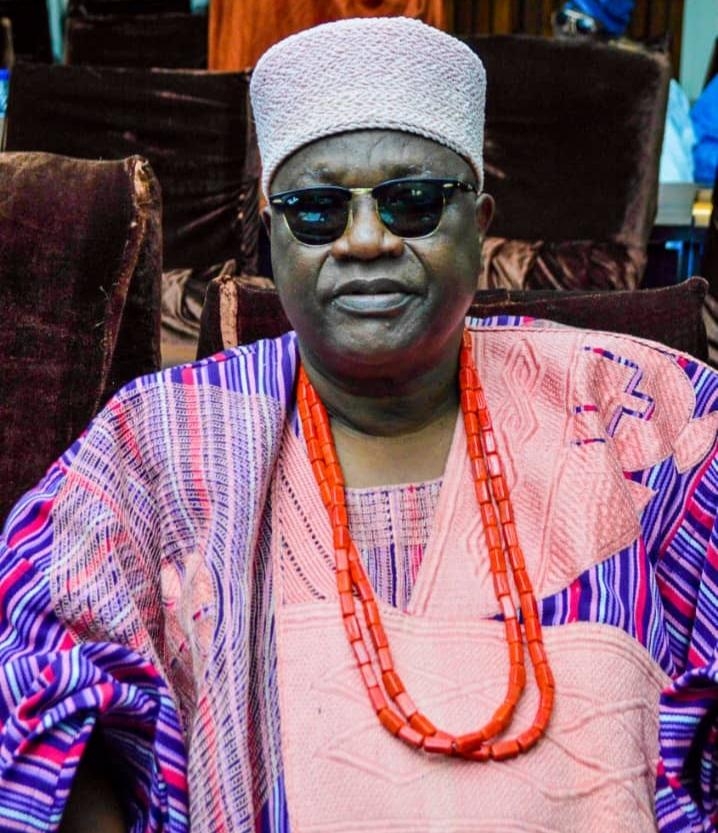
2.1.2 The African Context: A Region Striving to Overcome Vulnerability
Africa, as a continent, embodies the intersection of global vulnerabilities magnified by historical, political, and economic challenges. Sub-Saharan Africa accounts for the largest share of out-of-school children, with 98 million excluded from formal education systems. The root causes are multifaceted: systemic poverty, cultural practices, and conflict create a web of barriers that limit access to quality education.
Economic vulnerability is particularly pronounced in Africa, where over 40% of the population lives below the poverty line (World Bank, 2022). Families in such circumstances are unable to afford tuition fees, uniforms, or transportation to schools. Furthermore, rural areas face stark disparities in education access compared to urban centers, with many communities lacking basic school infrastructure, trained teachers, or textbooks.
Gender inequality compounds these challenges. Cultural norms and practices in many African countries prioritize boys’ education over girls’. Early marriage, gender-based violence, and societal expectations have left 9 million girls in Sub-Saharan Africa unlikely to ever attend school, compared to 6 million boys (UNESCO). This inequity is exacerbated in regions plagued by conflict, where entire generations of children are deprived of education.
Despite these challenges, Africa has made strides in addressing vulnerability. Initiatives such as the African Union’s Continental Education Strategy for Africa (CESA) focus on inclusive education by advocating for increased investment, public-private partnerships, and gender equity. Digital learning initiatives, like those launched during the COVID-19 pandemic, have also shown potential to bridge educational gaps, though infrastructure constraints remain significant.
2.1.3 Nigeria’s Context: A Microcosm of Africa’s Challenges
At the microcosm level, Nigeria, Africa’s most populous nation, reflects the broader challenges of vulnerability on the continent while contending with unique, localized issues. Despite being one of Africa’s largest economies, Nigeria has the highest number of out-of-school children globally, estimated at 20 million as of 2022 (UNICEF). This crisis stems from a combination of poverty, insecurity, and cultural factors.
Economic instability in Nigeria remains a major driver of educational vulnerability. With over 40% of Nigerians living below the poverty line, families often prioritize basic survival over education. Rising inflation and unemployment further compound this issue, making education increasingly inaccessible to vulnerable populations.
Insecurity has significantly disrupted education, particularly in northern Nigeria. Armed groups like Boko Haram have specifically targeted schools, exemplified by the widely publicized abductions of the Chibok and Dapchi schoolgirls. These attacks have instilled fear in parents and students, leading to school closures and declining enrollment in affected regions. Moreover, internally displaced children often lack the infrastructure and support necessary for continued education.
Cultural practices and gender dynamics further limit education access, especially for girls. In northern Nigeria, traditional norms often confine girls to domestic roles, with only 45% of girls attending primary school (UNICEF, 2022). Early marriage remains a persistent issue, robbing many girls of the opportunity to learn and thrive.
The Nigerian government has introduced various programs to combat these challenges. The Universal Basic Education (UBE) program aims to provide free and compulsory education for children up to junior secondary school. Similarly, initiatives like the National Home-Grown School Feeding Program have increased enrollment by reducing financial burdens on families. However, implementation gaps and funding limitations continue to hinder these efforts.
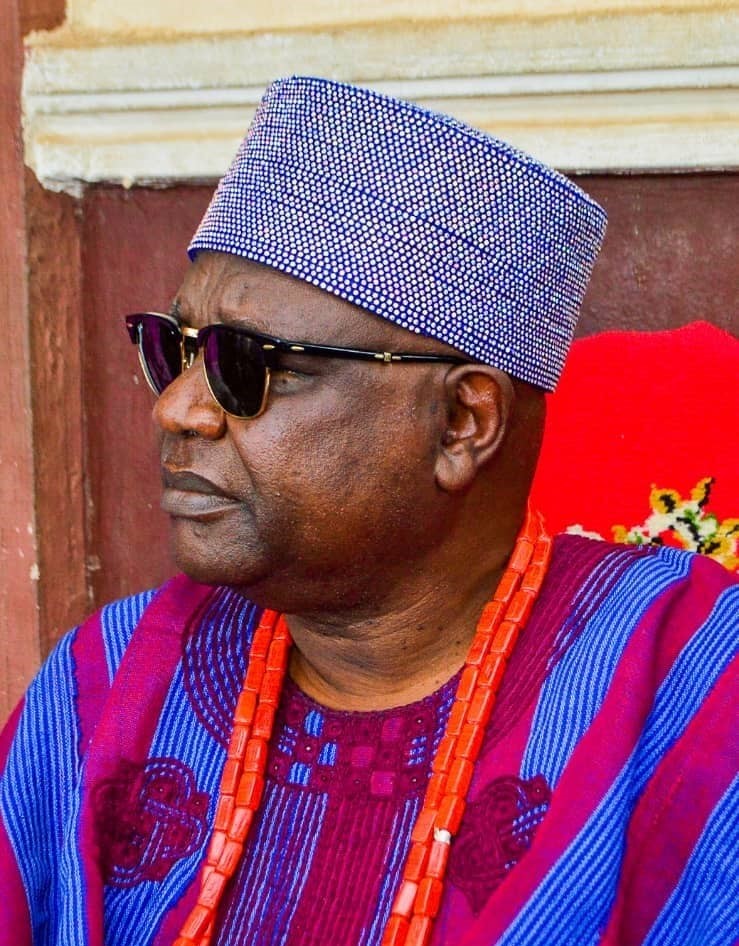
3.0 Interconnected Vulnerabilities: A Path Forward
While vulnerability manifests differently across global, African, and Nigerian contexts, common threads tie these challenges together. Poverty, insecurity, and systemic inequalities create barriers to education worldwide, with vulnerable populations bearing the brunt of these challenges. However, the nuanced interplay of global, regional, and local factors underscores the importance of tailored interventions.
Globally, frameworks like SDG 4 provide visions for addressing educational inequities, but regional and local contexts require adaptive strategies. In Africa, investments in education infrastructure, teacher training, and gender inclusion are essential to closing the gap for vulnerable populations. For Nigeria, addressing the root causes of poverty, insecurity, and gender inequality is critical to reducing vulnerability and expanding access to quality education.
Ultimately, addressing vulnerability in education requires a multi-faceted approach that combines global commitments with local solutions. Governments, non-governmental organizations, and communities must collaborate to ensure that education systems are resilient, inclusive, and responsive to the needs of vulnerable populations. By doing so, the promise of quality education for all can become a reality, regardless of socio-economic status or geographic location.
References
Adesina, A. (2011) Reviving the Rural Economy Through Agricultural Transformation in Nigeria. Anniversary Lecture delivered at the 5th Anniversary Celebration of the 0rangun of Oke-IIa.
African Development Bank (2021). The State of Education in Africa: Challenges and Opportunities.
African Union (2016). Continental Education Strategy for Africa (CESA) 2016-2025.
Ajayi, K., & Ekundayo, H. (2008). The Deregulation of University Education in Nigeria: Implications for Quality Assurance. Nebula, 5(4), 212–224.
Amnesty International (2022). Education Under Attack in Nigeria.
Australian Government (2022). Education Report: Equity and Access in Australia.
Ayoola, E.O. (2011) Chairman’s Remarks. Anniversary Lecture delivered at the 5th Anniversary celebration of the 0rangun of Oke-IIa
Bonwell, C., & Eison, J. (1991). Active Learning: Creating Excitement in the Classroom. ASHE-ERIC Higher Education Reports.
Darling-Hammond, L. (2000). Teacher Quality and Student Achievement: A Review of State Policy Evidence. Educational Policy Analysis Archives.
Darling-Hammond, L. (2006). Powerful Teacher Education: Lessons from Exemplary Programs. Jossey-Bass.
Dewey, J. (1938). Experience and Education. Kappa Delta Pi.
EFA Global Monitoring Report (2015). Education for All 2000–2015: Achievements and Challenges. Paris: UNESCO.
Eyler, J., & Giles, D. E. (1999). Where’s the Learning in Service-Learning? Jossey-Bass.
Federal Republic of Nigeria. (2004). National Policy On Education
Federal Ministry of Education, Nigeria (2019). Education for Change: A Ministerial Strategic Plan (2018–2022).
Fafunwa, A. B. (1991). History of Education in Nigeria. London: George Allen & Unwin.
Freire, P. (2000). Pedagogy of the Oppressed. Continuum.
Global Partnership for Education (2020). Achieving Quality Education for All: A Focus on Sub-Saharan Africa.
Montessori, M. (1912). The Montessori Method. Frederick A. Stokes Company.
National Bureau of Statistics, Nigeria (2021). Poverty and Inequality in Nigeria.
OECD (2019). Education at a Glance 2019: OECD Indicators. Paris: OECD Publishing.
OECD (2020). Education Responses to COVID-19: Embracing Digital Learning and Online Collaboration.
OECD (2021). PISA 2021 Results. Retrieved from www.oecd.org.
Orangun of Oke-Ila. (2014) Abolarin College, Oke-Ila 0rangun: A Model for Quality Education
Piaget, J. (1952). The Origins of Intelligence in Children. International Universities Press.
Save the Children (2021). Education in Crisis: Building Back Better Post-Pandemic.
Skinner, B. F. (1938). The Behavior of Organisms: An Experimental Analysis. Appleton-Century.
United Nations. (2015) Sustainable Development Goals.
UNESCO (2015). Rethinking Education: Towards a Global Common Good. Paris: UNESCO Publishing.
UNESCO (2021). Reimagining Our Futures Together: A New Social Contract for Education. Paris: UNESCO.
UNESCO (2022). Global Education Monitoring Report. Retrieved from www.unesco.org.
UNESCO Institute for Statistics (2022). Global Teacher Shortages: Implications for Education Systems.
UNICEF (2019). Ensuring Quality Education for All: Sustainable Development Goals in Action.
UNICEF (2022). Education and Gender Equality in Sub-Saharan Africa.
UNICEF (2022). Out-of-School Children in Nigeria. Retrieved from www.unicef.org.
UNICEF (2022). Education Under Attack in Nigeria: Impact of Conflict on Education in the Northeast.
United Nations (2022). Transforming Education Summit: Financing Education.
UNHCR (2021). Global Trends: Forced Displacement in 2021.
Vygotsky, L. S. (1978). Mind in Society: The Development of Higher Psychological Processes. Harvard University Press.
Wiggins, G., & McTighe, J. (2005). Understanding by Design. ASCD Press.
World Bank, (2018). World Development Report: Learning to Realize Education’s Promise
World Bank (2020). Learning Poverty in the Time of COVID-19: A Crisis Within a Crisis.
World Bank (2021). Education and Development in Asia and Africa.
World Bank (2022). Poverty and Shared Prosperity Report.
World Economic Forum (2021). The Future of Education and Skills: Technology and Innovation.
World Economic Forum (2022). The Future of Education: A Global Perspective.
You can read the concluding part of this speech in next month’s issue.


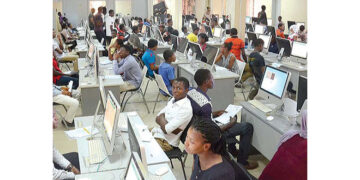


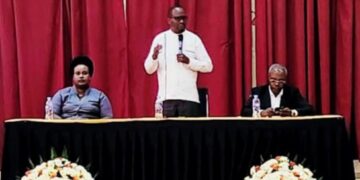
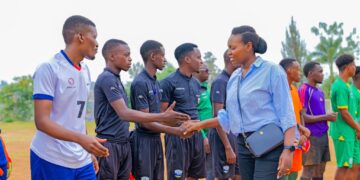
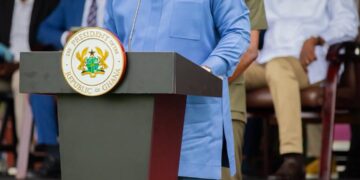

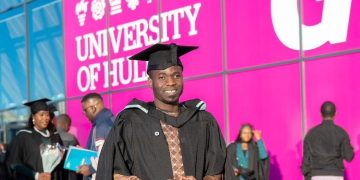
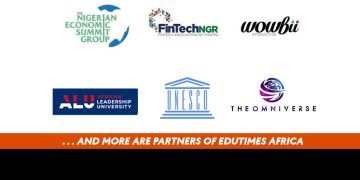
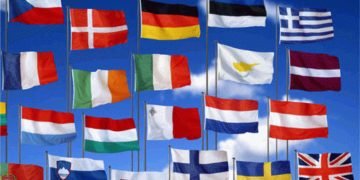
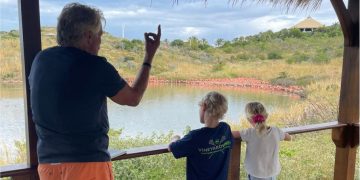







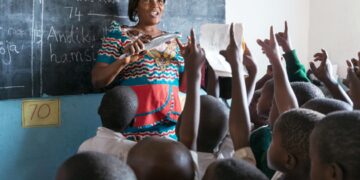

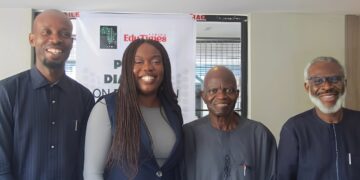
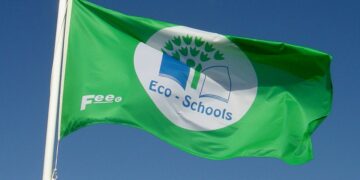

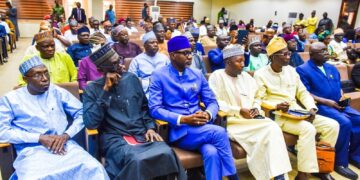



























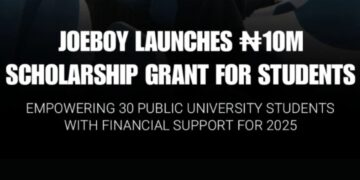

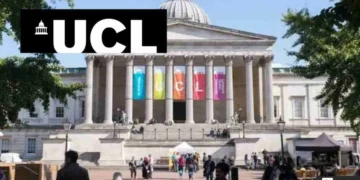
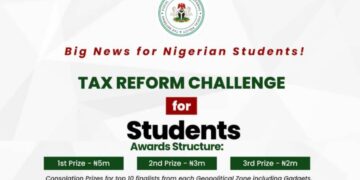


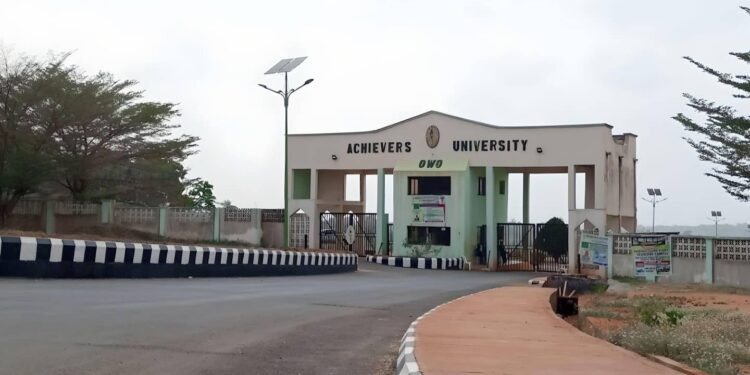
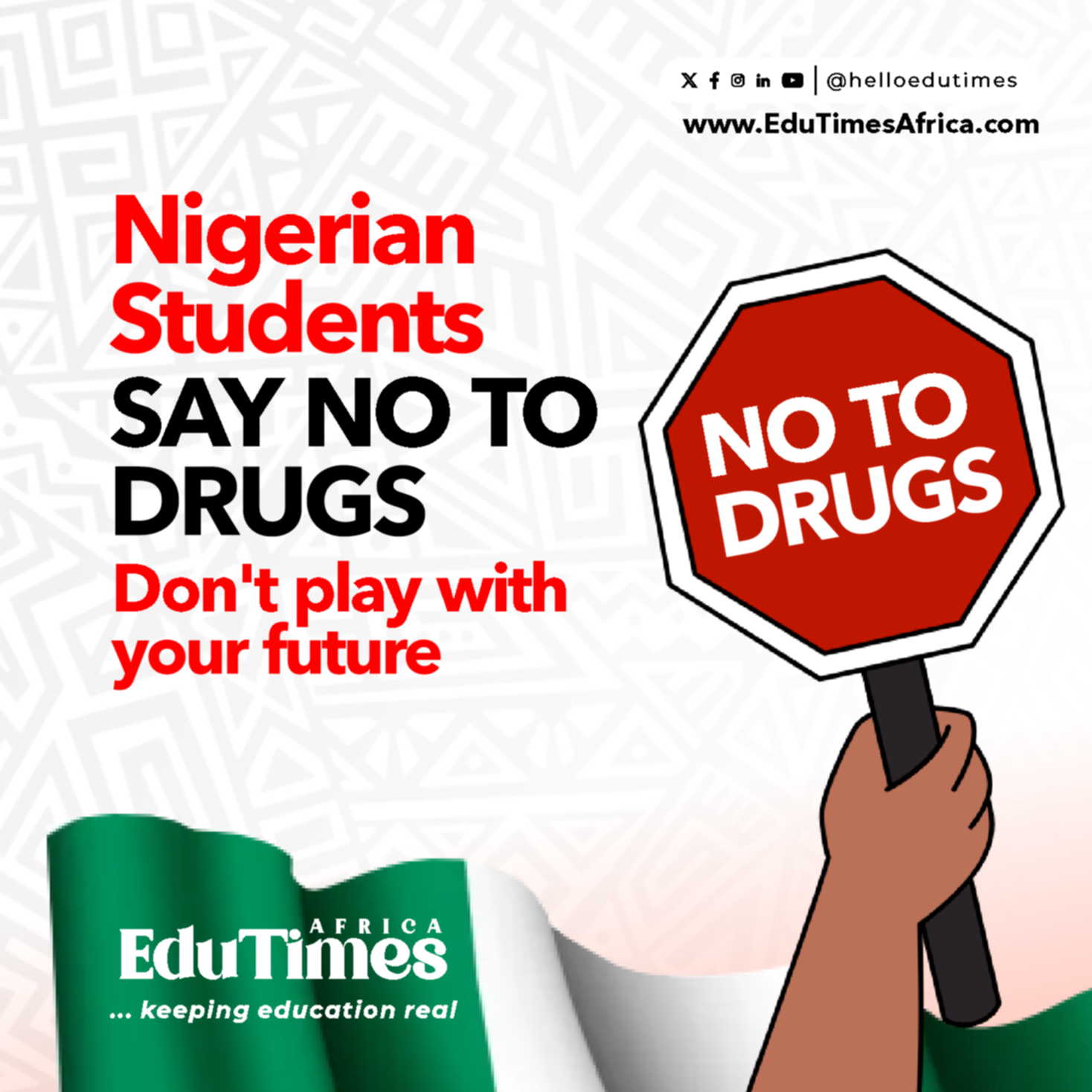



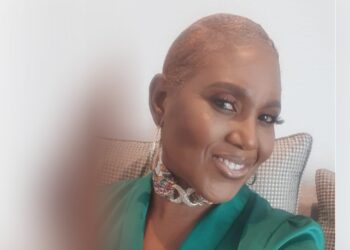

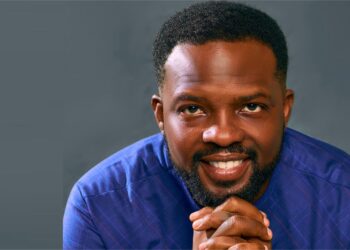










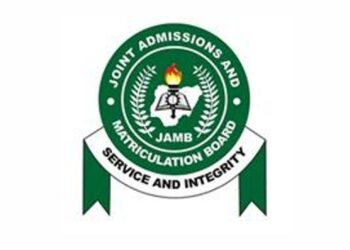
 EduTimes Africa, a product of Education Times Africa, is a magazine publication that aims to lend its support to close the yawning gap in Africa's educational development.
EduTimes Africa, a product of Education Times Africa, is a magazine publication that aims to lend its support to close the yawning gap in Africa's educational development.

